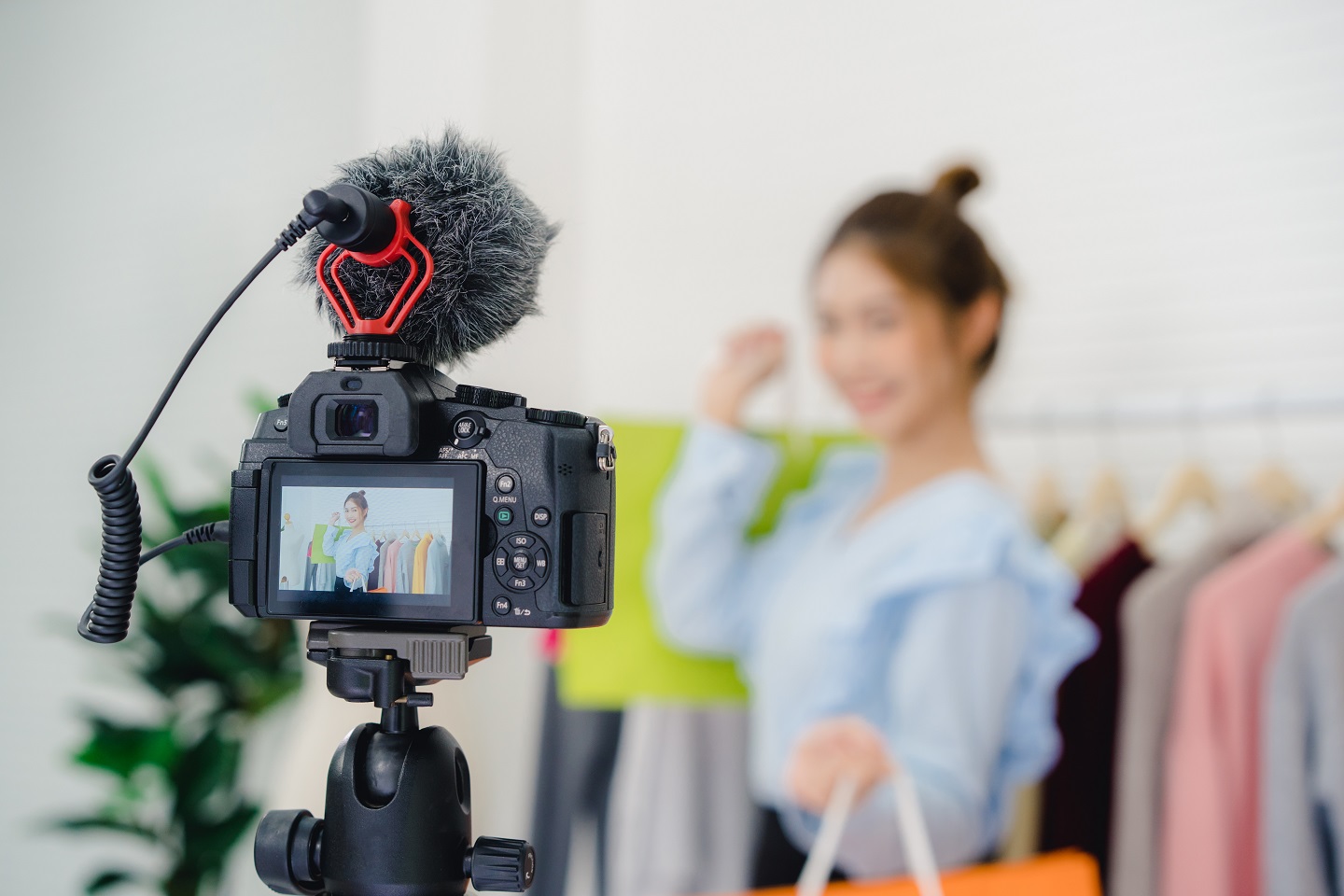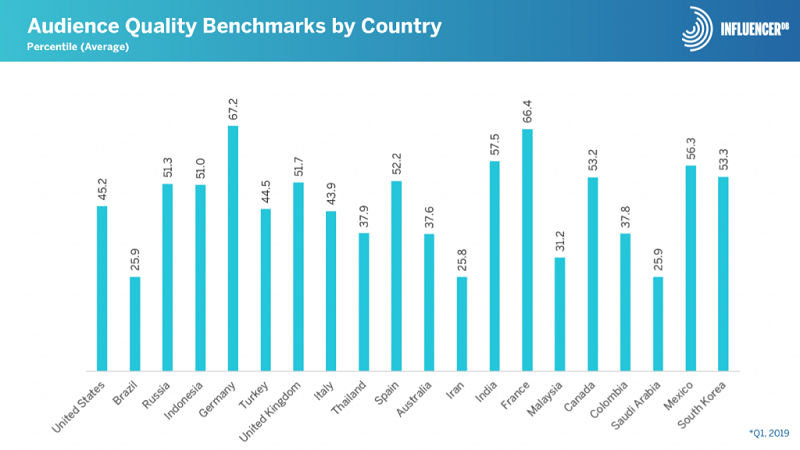
(Photo: 123rf.com)
A new chorus of voices has joined editors, designers and luxury brand stewards to create a new generation of tastemakers. Their ultimate skill? Digital savviness. The brand influencer power has been reversed – people who can create better digital presence or steer online conversation with their millions of followers will have a competitive edge.
There’s good reason for brands to tap into the resources of social media influencers. Online personalities mobilise their digital fan base by generating interest in products and services, therefore heightening consumer loyalty and sales for the brand they’re partnering with.
However, a study by influencer marketing and management platform InfluencerDB based in Europe found that overall engagement with Malaysian influencers has seen a sharp decline. The audience quality grade for Malaysian influencers was in the 31.2 percentile, compared with 51.0 percentile and 37.9 percentile for influencers in Indonesia and Thailand respectively.
InfluencerDB’s data science team probed Instagram following three different benchmarks:
a) average Audience Quality Grade
b) average Like Followers Ratio
c) average engagement rates for sponsored and non-sponsored posts
According to the report, audience quality grade describes the value of the audience and it’s measured based on the audience’s activity and number of followers. This is used to understand how to detect fake within the audience.
Fake followers abound
France and Germany led the pack by showing high benchmarks for the audience quality grade while Malaysia ranked among the lowest. This could very well mean that most followers of Malaysian influencers consist of fake accounts or inactive Instagram users.

“A good quality distribution suggests an audience that actively uses Instagram, contains little-to-no fake accounts and does not follow more channels it can consume,” the report elaborates.
The site also recommended tips on identifying fake influencers on Instagram such as checking for high audience quality, stable follower growth, like-follower ratio, reasonable view reach as well as daily follower changes.
Sponsored posts performed better than non-sponsored posts
While a variety of reasons can attributed to this, InfluencerDB claimed that one explanation might be that sponsored content is more professionally made as “influencers tend to put greater effort into content creation when being sponsored”. Consumers enjoy seeing their favourite influencers getting brand deals and tend to engage more as a form of support.
The report also found that the average like follower ratio (LFR) has decreased across beauty, fashion, food, lifestyle, travel, sports and fitness sectors. However, travel-related posts still had the highest LFR, followed by lifestyle.

As a matter of fact, influencers have been running the world for decades but we just didn’t call them that. Anyone who has the power to stay relevant and attract attention to their work, be it for their charisma or expertise on a given subject, could be an influencer.
There are social media influencers who artificially inflate their following but there are also those who are genuinely passionate about their fields. You have to admit that while celebrity faces are more aesthetically marketable for a brand, the reality is that consumers can never interact with them (or ask if they’ve enjoyed using, say, a new moisturiser).
At the end of the day, personal authenticity matters. And it all starts with a smart consumer.


